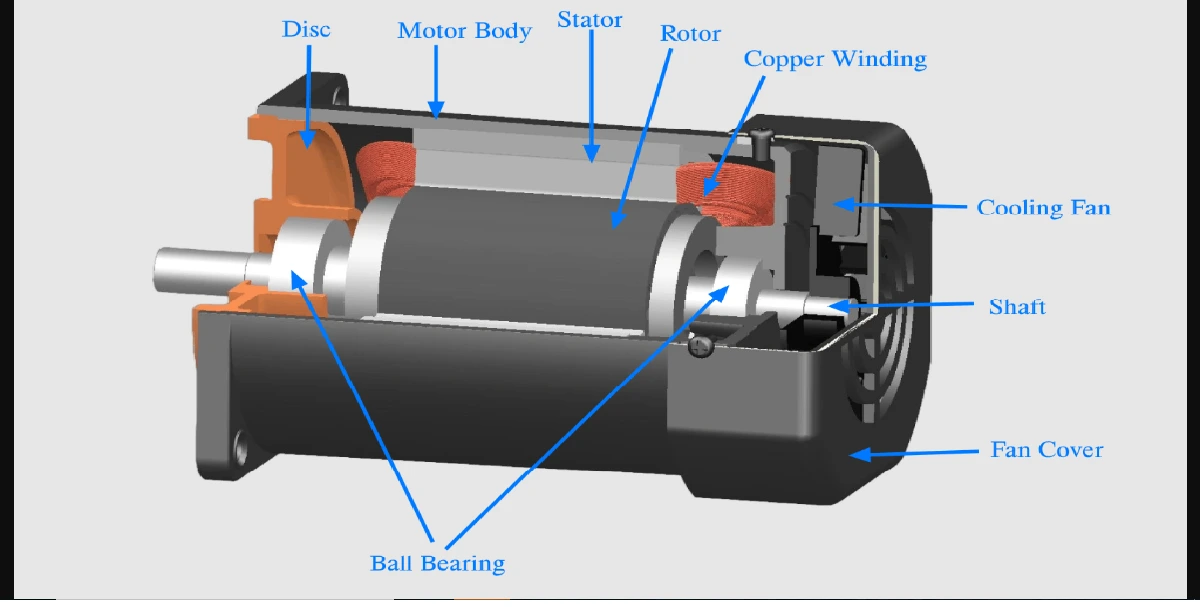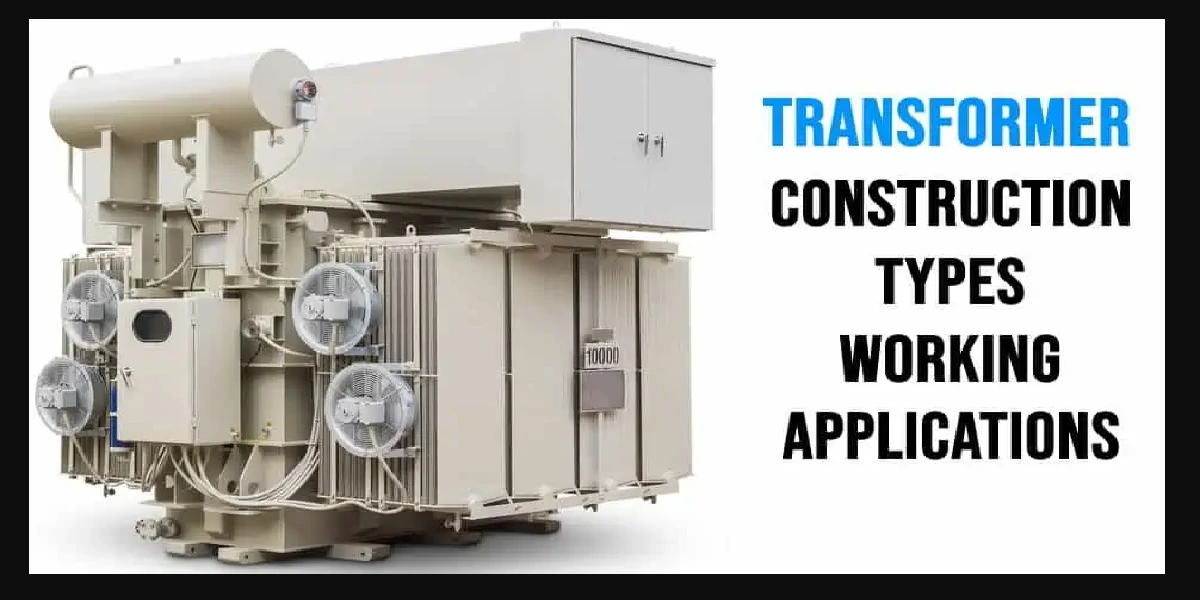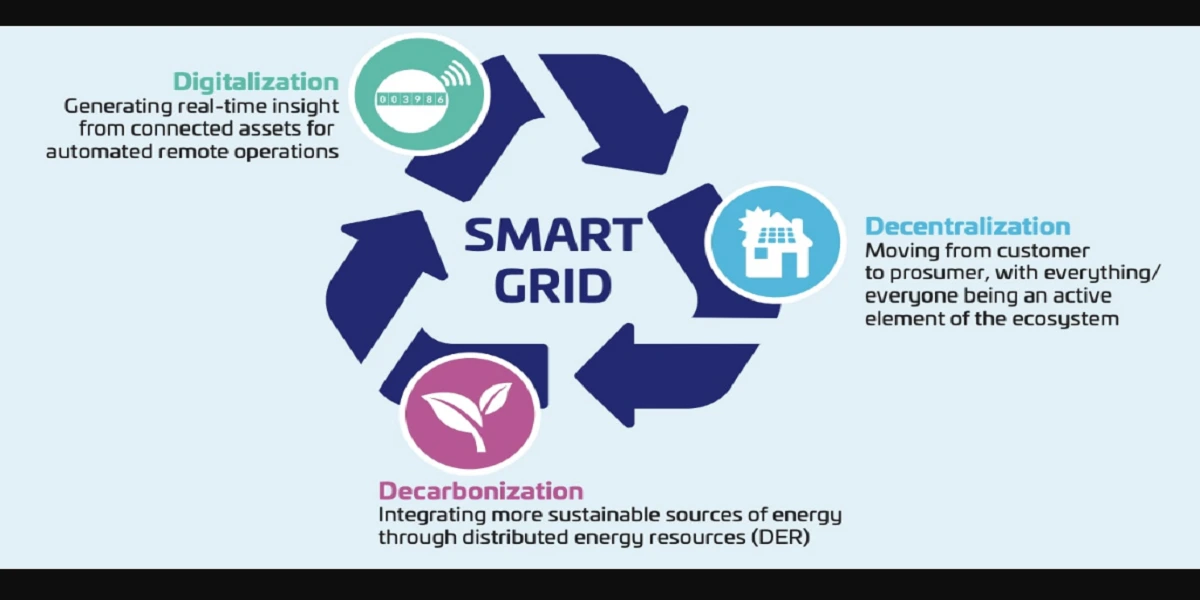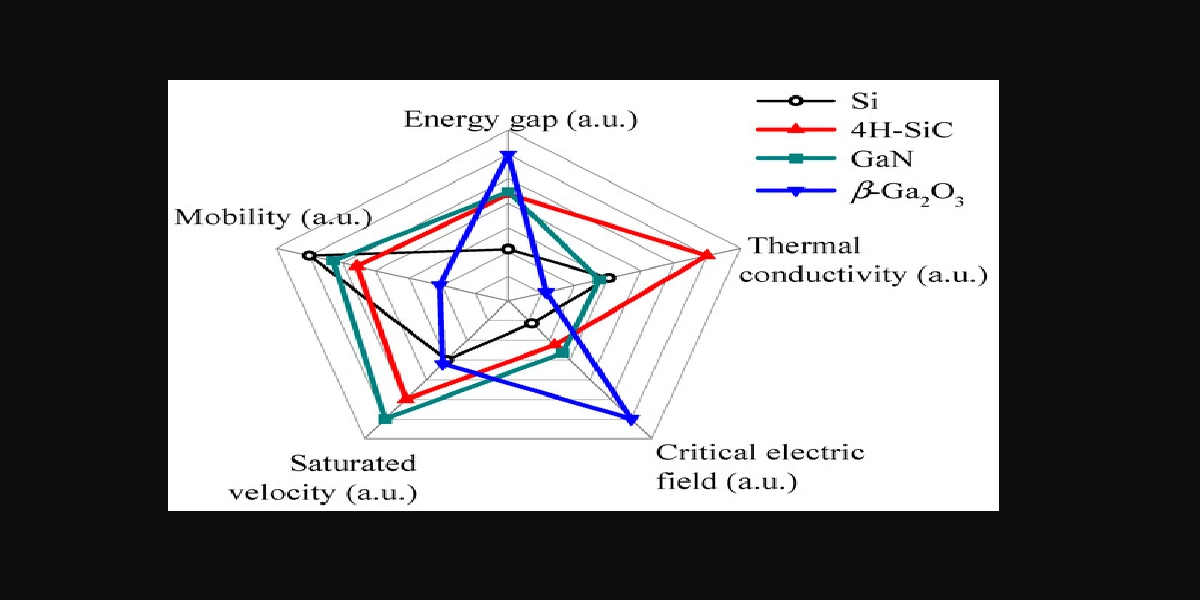Electricity runs the world—but what happens when the power grid collapses? Most of the time, it’s the result of faults. If you’ve ever experienced a blackout or seen lights flicker, you’ve likely felt the ripple effects of a power system fault. This book demystifies everything you want to know about power system fault types and how to avoid them—in straightforward, no-jargon terms.
What Are Power System Faults?
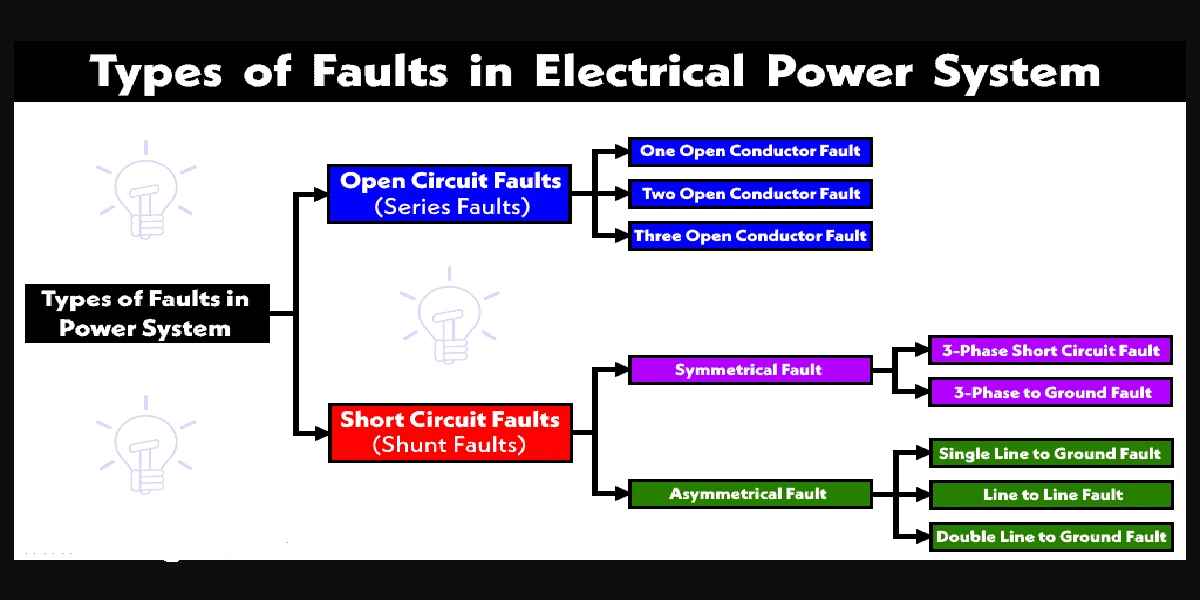
In plain language, a fault is any abnormal flow of electric current. It interrupts the usual functioning of the power system. Imagine it as an electrical hiccup—only it may blow up transformers or shut down an entire city’s power if not addressed promptly.
Why Understanding Faults Is So Important
Power system faults are not merely technical nuisances. They can:
Result in fires
Destroy costly equipment
Jeopardize human lives
Result in enormous economic losses
Background Context
Evolution of Power Systems
From isolated little power stations to our smart grids across countries today, complexity has increased. And with this comes susceptibility—faults can now propagate further and faster.
How Modern Grids Deal with Faults
Today’s smart systems utilize digital relays, SCADA systems, and real-time monitoring to identify and disconnect faults in milliseconds.
Types of Power System Faults
Symmetrical Faults
Three-Phase Faults (3ϕ)
These are uncommon but intense. When all three phases short together (with or without ground), it creates a tremendous surge in current. They’re simpler to analyze because of system balance.
Unsymmetrical Faults
These occur more than symmetrical faults and encompass:
Line-to-Ground (L-G) Fault
Occurs when a phase comes into contact with the ground. Most common in distribution systems.
Line-to-Line (L-L) Fault
Occurs when two lines come into contact, creating shorting of the phases. Slightly more destructive than L-G.
Double Line-to-Ground (LL-G) Fault
Two phases touch the ground—difficult to manage, particularly during rainy or stormy weather.
Open Circuit Faults
When a conductor is broken or disconnected. Less hazardous but may lead to imbalance and instability.
Causes of Power System Faults
Environmental Factors
Lightning strikes
Falling trees
Severe winds and storms
Equipment Failures
Old transformers
Breaker failures
Insulation failures
Human Errors
Operational errors
Bad maintenance
Faulty installation
Effect of Faults in Power Systems
Voltage Instability
Faults result in voltage sags, swells, or interruptions that can destroy sensitive devices.
Equipment Damage
From blown transformers to melted cables, the material cost is enormous.
Safety Hazards
Faults can lead to fire, electrocution, and even explosions.
Economic Losses
Each minute of blackout translates to lost revenue—particularly for businesses.
Detecting and Locating Faults
Role of Protection Devices
Circuit breakers, relays, and fuses form the front line of defense.
Fault Analysis Techniques
Symmetrical component analysis, phasor measurements, and impedance techniques assist in locating and categorizing faults.
Use of SCADA and IoT
Current systems utilize real-time information to identify faults within seconds and sound alarms.
Preventing Power System Faults
Preventive Maintenance
Routine inspection and maintenance minimize surprise breakdowns.
Insulation Monitoring
Monitoring insulation resistance averts internal breakdowns.
Grounding Systems
An efficient earthing system sheds fault current away from human beings and equipment.
Protective Relays
Relays can isolate faulty sections prior to inflicting damage.
Surge Arresters and Lightning Protection
These arresters soak up extra voltage and feed it to the earth.
Conclusion: Knowledge of fault types in power systems and how to avoid them is not merely for engineers—it’s essential in our electrified age. Faults can’t always be avoided, but sweeping blackouts, expensive destruction, and hazardous risks don’t have to happen. Through forward-looking design, smart technology, and human watchfulness, a fault-free future for power is achievable.
Read also: DC Generator Definition Working Principle EMF Types

